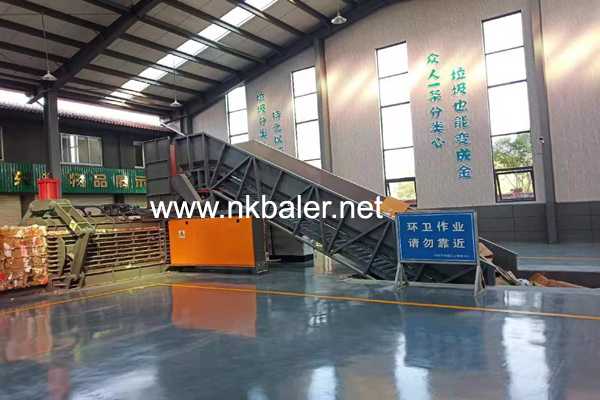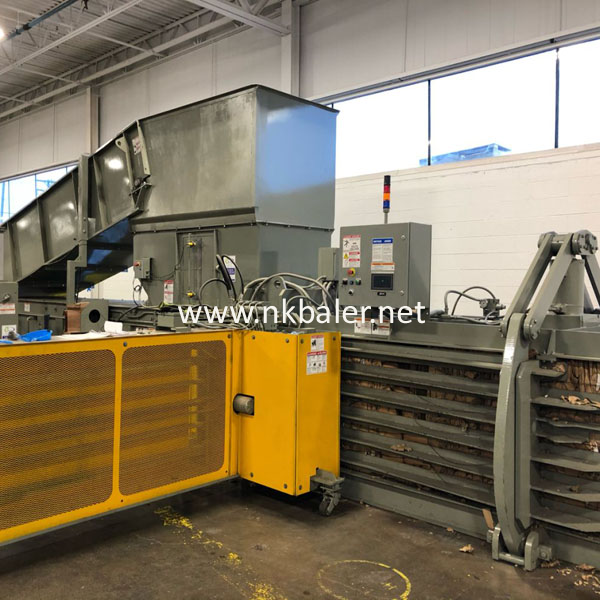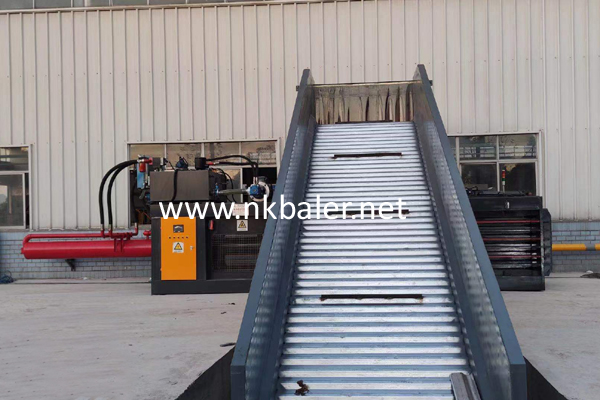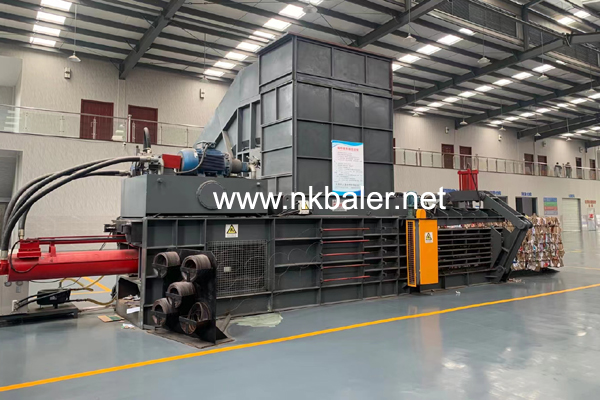
The impact of technical factors on the price of baling machines reflects the machine's performance,efficiency,reliability,and versatility.Investing in technologically advanced baling equipment,despite higher initial costs,can provide higher production benefits and lower operation and maintenance costs in the long run.Technical factors affecting the price of baling machines include the level of automation,material quality,durability,and diversity of functions.
The main advantages of high-priced baling machines usually manifest in the following aspects:High Degree of Automation:High-priced baling machines often achieve a higher degree of automation,capable of automatically completing complex baling processes,including automatic adjustment of strap length,tightness,adhesion,and cutting,significantly enhancing work efficiency and output.Stability and Reliability:More expensive baling machines have higher standards in design,manufacturing,and material selection,providing more stable operation and longer service life.These machines are durable,with low maintenance costs and a low failure rate over long-term use.Precision and Consistency:Such baling machines can offer more precise and consistent baling results,which is particularly important for producers pursuing high-quality packaging and brand image.User-Friendly:High-priced baling machines usually feature better user interface designs,such as touch screen operations,easy-to-understand control menus,and automatic fault diagnosis systems,making the operation simple and reducing the need for operator training.Adaptability:High-end baling machines can adapt to various sizes and shapes of items for packaging and can use different types of baling materials.They typically have better flexibility,able to quickly adjust to changes in product variations or baling needs.Comprehensive Performance:Besides basic baling functions,high-priced baler may also possess other advanced features,such as printing dates/batch numbers,calculating baling quantities,connecting to ERP systems,etc.,supporting advanced production management systems.After-Sales Service:Manufacturers of high-priced baling machines usually provide more comprehensive after-sales support,including detailed warranties,rapid repair services,and technical training,ensuring the continuity and efficiency of equipment operation.

Therefore,despite the higher initial investment,high-priced baling machines guarantee long-term benefits and operational cost reductions for businesses with their excellent performance,stability,efficiency,and added value.The main advantage of high-priced baling machines lies in offering a high degree of automation,efficiency,reliability,and advanced features.

Therefore,when conducting a cost-performance analysis,businesses should make comprehensive decisions based on their baling needs,budget constraints,and payback period to ensure that the investment yields tangible economic benefits.The cost-performance ratio of a baling machine depends on the balance between its functionality,efficiency,durability,and cost.
The price of a baling machine is closely related to its functionality.Generally speaking,the more features and higher performance a baling machine has,the higher its price tends to be.Basic models usually only have simple tightening and sealing functions,suitable for small-scale operations or basic packaging needs,and therefore are relatively inexpensive.As functionalities increase,such as automatic adjustment of tightening force,multiple baling mode options,higher baling speed,and more precise process control,the baling machine can adapt to more complex operational requirements,improving production efficiency and packaging quality.Naturally,these types of baler command higher prices.High-end baling machines may also integrate Internet of Things (IoT) technology to enable remote monitoring and fault diagnosis,further enhancing operational convenience and reducing maintenance time.These advanced technological features are also among the reasons for their high cost.Additionally,some baling machines are designed for specific industrial applications and may include features like dust and corrosion resistance,or be adapted to handle packages of specific sizes and shapes.These specialized functions also contribute to a higher price.

Therefore,when selecting a baling machine,users need to weigh the necessity and cost-effectiveness of different features according to their business needs and budget to make an appropriate investment decision.The price of a baling machine usually correlates positively with the complexity and level of automation of its functions.

The above measures can maximize the working efficiency of the baling machine,reduce the failure rate,ensure a smooth production process,and extend the service life of the equipment.Daily maintenance of the baler includes cleaning,lubrication,inspection and replacement of worn parts to maintain optimum performance.
Email:info@nkbaler.com Nickbaler888@gmail.com
WhatsApp: 008615021631102

